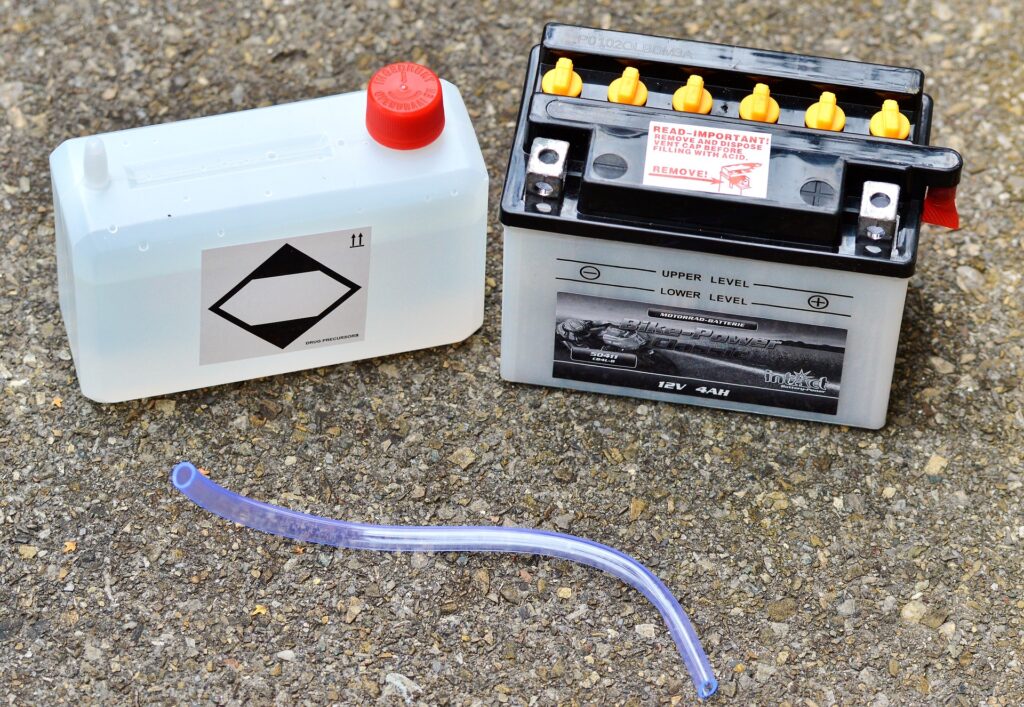An uninterruptible power supply (UPS) system provides consistent backup battery power to devices during power outages or other emergencies. UPSbBatteries do so by using the UPS battery to supply electrical energy. Therefore, a UPS system acts as a backup power source to protect sensitive equipment or hardware. It allows systems to shut down property or allows time for other backup systems to start. Thus, it acts as a continual power system and prevents power disruption that can cause downtime, loss of productivity, financial losses, and damage to machinery.
Once installed, a UPS system requires maintenance. While UPS maintenance involves batteries, fans, and capacitors, the most critical point of failure is the UPS battery. Unfortunately, it’s known as the weakest link in a UPS system and must be properly maintained to ensure long battery life, avoid downtime, and prevent safety concerns. Most UPS batteries are Valve Regulated Lead Acid (VRLA) or Sealed Lead Acid (SLA) batteries. Follow these UPS maintenance tips to prolong battery life and make the most of your uninterruptible power supply system.
Install UPS Batteries in a Cool and Dry Place
When you’re installing a UPS system, you should take care to determine where exactly it should be placed. Factors like temperature and heat increase the rate of evaporation in UPS batteries and can reduce the battery life, making this an important consideration. Therefore, an uninterruptible power supply (UPS) system should be installed in a temperature-controlled environment that doesn’t exceed 77°F (25°C). This is critical because every 15°F (8.3°C) increase can reduce UPS battery life by half.
In addition to keeping the UPS system in a cool environment, it’s also important to ensure there is adequate space on all sides of the unit for heat dispersion. It’s also advised not to store your UPS system close to open windows or in areas with a lot of moisture or dust. A temperature-controlled, clean room free from excess storage or debris is the best solution.
Using Energy-Saving Devices
Another best practice when it comes to prolonging battery life is to opt for energy-saving devices. Both standard bulbs and CFL lamps offer the same level of brightness, but CFL lamps use only 75% of the power and last longer. By consuming less power, they can keep your UPS’ temperature in check and can extend both battery life and the system’s lifespan. Monitoring the power consumption on a consistent basis and disconnecting unnecessary devices will also help. Most UPS manufacturers recommend not loading the UPS systems above 80% of capacity to prolong the life of all UPS components and keep the heat dispersion down.
Ensuring Regular Maintenance for UPS Batteries
Most UPS batteries are advertised as “maintenance-free,” giving individuals the false idea that they don’t need to take steps to ensure long-lasting battery life. However, this usually refers to the fact that VRLA batteries don’t need replacement fluid. Apart from this, UPS maintenance is essential when it comes to batteries. Periodic UPS maintenance includes ensuring that fully discharged batteries are recharged within 48 hours and that batteries aren’t overcharged. Even when a battery monitoring system is installed, a manual check of the batteries should be performed on a semi-annual basis.
Take Care When Storing Replacement Batteries
While it sounds like a good idea to have replacement batteries ready, it’s essential to store them properly and maintain them on a consistent charge. Replacement batteries usually last for 6-12 months before they start losing their power if not charged. In fact, this can become permanent around 18-30 months. To prevent this, it’s important to store replacement batteries in a cool environment and either have them on a float voltage charge or charge them on a regular basis. Ensure that the temperature is 70°F (10°C) or lower for best results.
Biannual Calibration of UPS Batteries
Another way to increase the battery life of your UPS batteries is to execute runtime standardization. To keep your batteries in the right state, ensure calibration twice a year and check the float voltage of the system on every UPS PM service.
UPS maintenance is the key to optimal performance and prolonged battery life. To minimize downtime, keep your UPS functioning, and improve its lifespan, take these tips seriously and ensure that you’re providing the best possible care to your uninterruptible power supply and its components.
